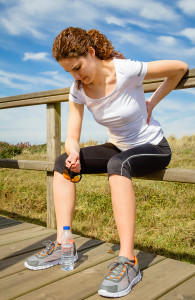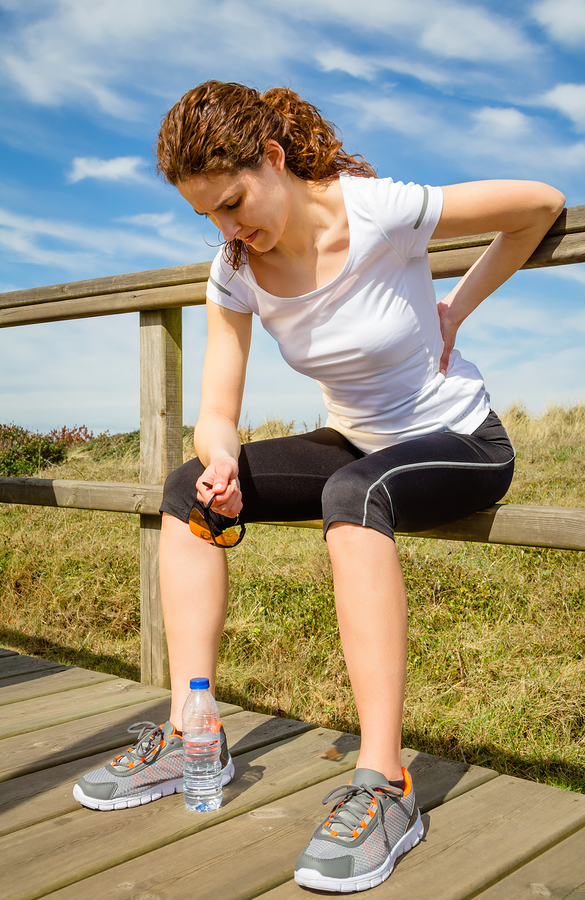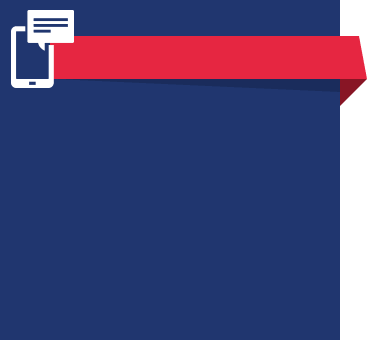How to Ease Sore Muscles
 Many people think of the muscle aches they experience after a strenuous workout as “good pain” – tangible evidence of their hard work to stay fit and healthy. Even so, “good pain” hurts, sometimes to the point that it interferes with daily activities. But, there’s no need to throw in the towel and become a couch potato; there are strategies you can take to ease the pain so you can stay on track.
Many people think of the muscle aches they experience after a strenuous workout as “good pain” – tangible evidence of their hard work to stay fit and healthy. Even so, “good pain” hurts, sometimes to the point that it interferes with daily activities. But, there’s no need to throw in the towel and become a couch potato; there are strategies you can take to ease the pain so you can stay on track.
The achy stiffness you experience about 24 hours after exercising has a name: delayed onset muscle soreness (DOMS). Often the result of a new or more intense activity level, DOMS occurs when tiny tears in muscle fibers signal the body’s immune system to produce reparative white blood cells. As part of the healing process, the white blood cells release certain chemicals, which are believed to contribute to muscle pain.
Many people find the following approaches to be helpful for alleviating muscle pain after exercise:
- A brief period of rest – Taking a short break to rest the sore area can allow the affected muscle fibers to heal and help prevent further injury. If a period of complete inactivity is unappealing, cross-training can be a good option.
- Icing followed by heat application – In the first 72 hours after a muscle injury, the analgesic properties of cold temperatures can help soothe the associated aches and pains. Then, when you’re ready to resume your exercise program, apply heat packs or warm up your muscles properly by stretching beforehand.
- Over-the-counter medications – Anti-inflammatories like ibuprofen and pain relievers like acetaminophen can provide effective relief for musculoskeletal pain. Additionally, topical pain treatments that contain menthol, methyl salicylate, or capsaicin can be applied to the skin in cream or gel form to soothe muscles from the outside in.
To help prevent DOMS and the associated downtime, it’s important to slowly work up to new and more challenging workouts. A good way to accomplish this is through preparatory training, or by first engaging in similar but less strenuous activities. For instance, you might try walking downstairs to prepare for jogging downhill.
While it’s normal to experience mild discomfort after vigorous activity, any pain should resolve on its own within 72 hours. If the aches linger for more than a week, it’s best to consult with a physician who can determine the underlying cause and recommend appropriate therapy.
If you have any questions about muscle soreness, starting a new exercise program, or other health-related topics, please contact or visit South Tampa Immediate Care. Our walk-in clinic is conveniently located on South Howard Avenue in Tampa, FL, and no appointments are necessary.













